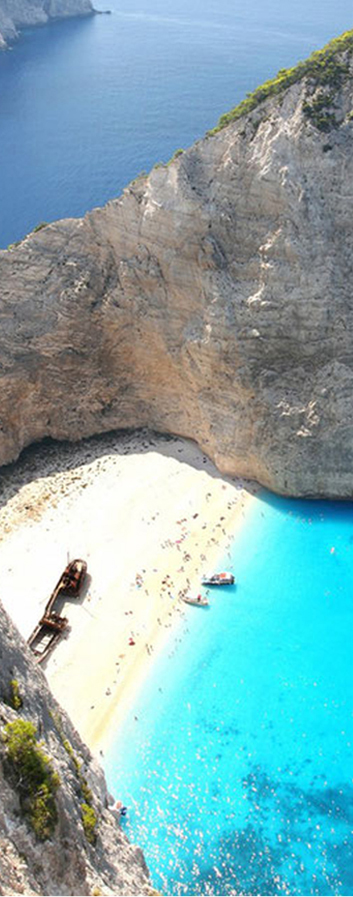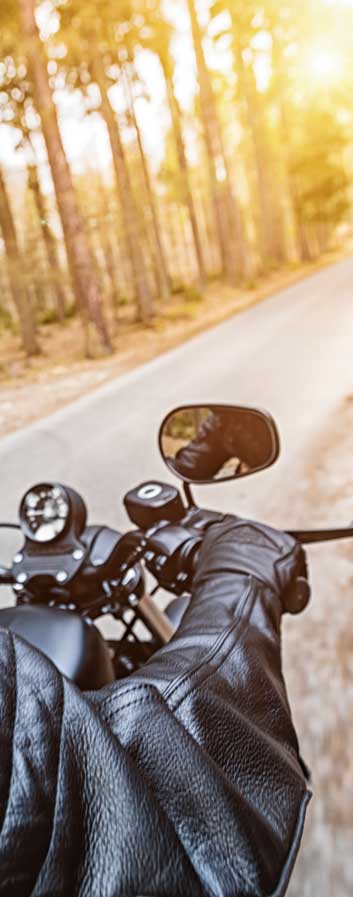Eikando Temple
Eikando (Eikandō), formally known as Zenrinji Temple, belongs to the Jodo sect of Japanese Buddhism. Located just north of the large temple complex of Nanzenji, Eikando is very famous for its autumn colors and the evening illuminations that take place in fall. The temple has a long history, and there are a variety of buildings and a pond garden that visitors can explore.
A court noble of the Heian Period (710-1185) donated his villa to a priest, who converted it into a temple under the name Zenrinji (lit. "temple in a calm grove"). At its founding, Zenrinji was part of the Shingon sect and its first head priest was a disciple of the great Kobo Daishi, the sect's founder.
In the 11th century, Zenrinji had a popular head priest named Eikan, after whom the temple is popularly named Eikando (lit. "Eikan Hall"). Eikan is credited with acquiring the temple's main object of worship, an unusual statue of the Amida Buddha with his head turned sidewards. According to legend, Eikan was walking through the temple one day, when the statue, which was originally facing forward, turned its head towards the priest and talked to him.
In the 13th century, a later head priest converted the temple to the Jodo sect (Pure Land sect), as he had been greatly impressed by the sect's founder Honen, whose mausoleum is located at the nearby Chionin Temple.
Eikando's main buildings are built alongside the base of the hillside and are connected by wooden corridors. The first building that visitors enter is the Shakado (Hall of the historical Buddha) with a small rock garden and beautifully painted sliding doors (fusuma). Walking through the corridors, visitors also pass by the Miedo which enshrines the Jodo sect's founder Honen and the Amidado (Amida Hall) which houses the temple's principal object of worship, the sideward facing Amida statue.
Eikando's most recognizable building, however, is its Tahoto Pagoda, which is nestled in the trees on the hillside above the temple's other buildings. Tahoto style pagoda are two story structures, whose first stories are square and second stories are round. Visitors can walk up to the pagoda, from where the rest of the temple grounds and the city of Kyoto can be seen. The view from the pagoda is particularly attractive in autumn, when the maple trees of the temple grounds are changing colors.
Another attractive spot during the fall is the Hojo Pond, around which an attractive garden has been cultivated. Small streams run through the temple grounds and connect to this main pond, at the center of which is a small shrine on an island. Autumn colors are usually best in the second half of November, when the temple is opened in the evening for special illuminations.


































